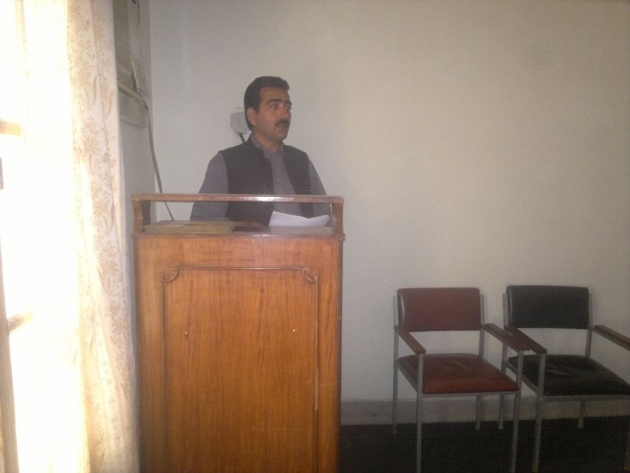Soil is a prominent natural source of supplying food and shelter to the increasing population in Pakistan is increasing with the continuous cropping, soil looses its native fertility and the goal of self-sufficiency can’t be obtained without the addition of industrial fertilizers. In KPK the use of mineral fertilizers increased steadily, after later sixties but is still less, with the result that the production is very low. One possibility among others can be that the fertility of the soils might have not been built up, the desire extent, whereby the soil could produce greater yield. In this regard soil analysis is very important for evaluating and correcting the soil fertility. Therefore, the above study was initiated to assess the fertility status of Lachi Area.
Materials and methods: A total of 36 soil samples were collected from the different locations of Lachi area up to 0-9" depth. The samples were air dried, grinded and passed through 2mm mesh sieve in Soil Laboratory Kohat. These samples were analyzed for various physico-chemical characteristics according to standard methods described in USDA hand book-60.
Results and discussion: The complete analysis data of Lachi soils is presented in table-SS 1.1. It shows that there is no any abnormality in the soil. The pH and total salts contents are in the normal range. The organic matter contents of 36 soil samples ranged from 0.345 to 1.035 with a mean value of 0.6755% whereas, nitrogen content of the soil ranged from 0.0172 to 0.0517 % with and average value of 0.03377. The lime content of the soil was found in the range of 10-21.5% with a mean value of 15.35%.
The soil of Lachi area is calcareous to strongly calcareous. All the soil samples analyzed were slightly alkaline reaction and were in the safe limits of salts. In most of samples the organic matter was deficient. The soil has variable texture and mostly was sandy loam to sandy clay loam.




